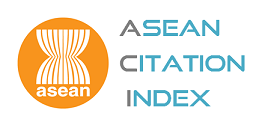China, Japan, and the East China Sea Territorial Dispute: A Systems Approach to Conflict Transformation
Abstract
The territorial dispute between China and Japan over the Diaoyu/Senkaku Islands in the East China Sea poses a serious security threat to the region. It involves not only these two primary parties, but also the United States, Taiwan, the Okinawa community, and diverse other regional stakeholders. This article analyzes the interconnected nature of these stakeholders’ relationships in which the Sino-Japanese territorial dispute is embedded. It applies multi-angled systems thinking to the analysis. It then builds on the systems analysis to explore alternative ways of managing and transforming the conflict. Proposed measures include a transitional framework for transcending the mutually exclusive nature of territorial sovereignty and prioritizing a practical and mutually beneficial use of the resources and maritime space in the East China Sea.
Key words: China-Japan relations, East China Sea, conflict resolution, territorial dispute
Downloads
How to Cite
Issue
Section
License
The opinions and ideas expressed in all submissions published in Thammasat Review are solely that of the author(s) and do not necessarily reflect that of the editors or the editorial board.
The copyright of all articles including all written content and illustrations belong to Thammasat Review. Any individuals or organisation wishing to publish, reproduce and distribute a particular manuscript must seek permission from the journal first.








